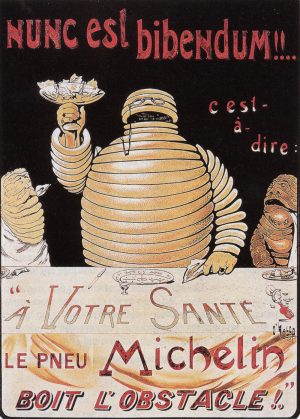I never used to put much thought into what kind of tires I put on my car. I figured they were all pretty much the same and usually just bought whatever was on special.
However, as winter approached last year a patient of mine, a truck driver by trade, touted the virtues of the Michelin “Ice” tire. He said he swore by them on his vehicles because of the improved grip and shorter stopping distances.
 I was a little skeptical but I was due for new snow tires anyway and decided to try out the Michelins. I really wondered how much difference a few extra meters of stopping distance would make. The tires cost a bit more but I figured people listen to what I say as a medical professional so I would heed the words of a professional driver. Besides, Michelin had two tire plants making their product in my home province of Nova Scotia.
I was a little skeptical but I was due for new snow tires anyway and decided to try out the Michelins. I really wondered how much difference a few extra meters of stopping distance would make. The tires cost a bit more but I figured people listen to what I say as a medical professional so I would heed the words of a professional driver. Besides, Michelin had two tire plants making their product in my home province of Nova Scotia.
A few weeks after I had the tires mounted, late in November, we had a snow storm in our rural community of Elmsdale. The roads were icy and treacherous. I was driving behind a pick-up truck which stopped suddenly and without warning. Usually I give myself a fair amount of room when following another vehicle but when I hit the brakes I started sliding forward and was certain I was going to hit the rear end of the pick-up. To my amazement the tires gripped and I coasted to a halt, literally only 10 or 12 inches from the pick-up’s bumper and an expensive accident. It dawned on me then that a meter or two more stopping distance can make a HUGE and very expensive difference.
In my alter-ego as a journalist I have been in the back seat of an F-18 fighter jet during an aerial combat exercise, researching an aviation medicine article. I recalled landing in the F-18 after an exhausting hour of high G maneuvers and feeling the impact of the tires hitting the runway at high speed. Interestingly the US built F-18’s roll off the production line sporting brand new Michelins.
Now my summer tires are starting to become worn and I am going to have to replace those, too. I decided to do a little research to see if the Michelin product, the Premier LTX, would stand up to scrutiny as well as its winter counterpart. (The LTX is for light trucks and SUV’s so it would suit my Toyota Rav4. The Premium A/S is suited to passenger cars and minivans) A look at the statistics showed that on wet road surfaces the Premier, even in worn condition, outperformed brand new comparable competitors by several meters stopping distance.
Given the frequency of rear end collisions on wet or icy road surfaces the Michelin products appear to be a superior choice. When you consider that the tire is (or should be) the only interface between your vehicle and the road it gives pause to reflect. I plan to make my next set of summer tires the Premier LTX.
I will keep readers posted on the results.
Photo Credit
Michelin Poster circa 1898 – Wikimedia Public Domain


Please Share Your Thoughts - Leave A Comment!